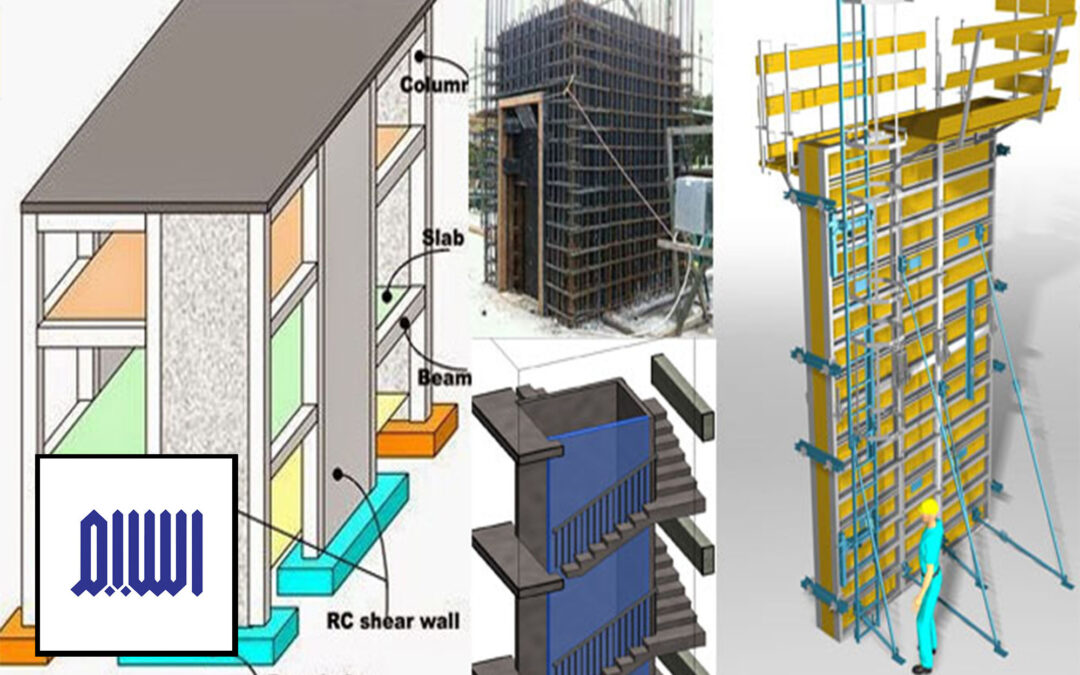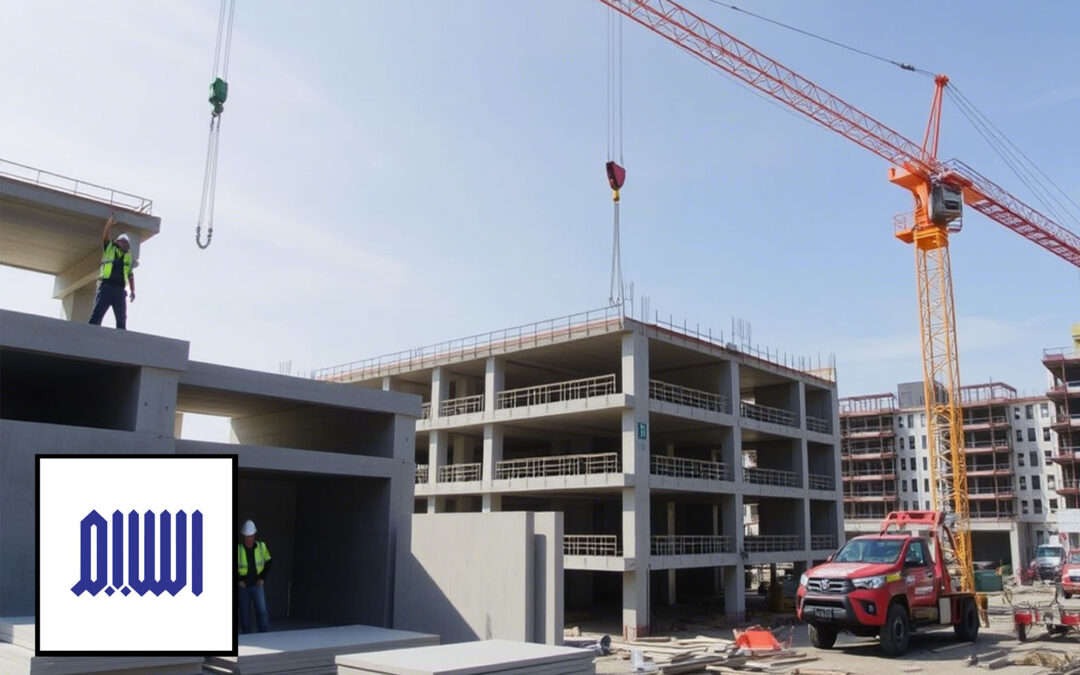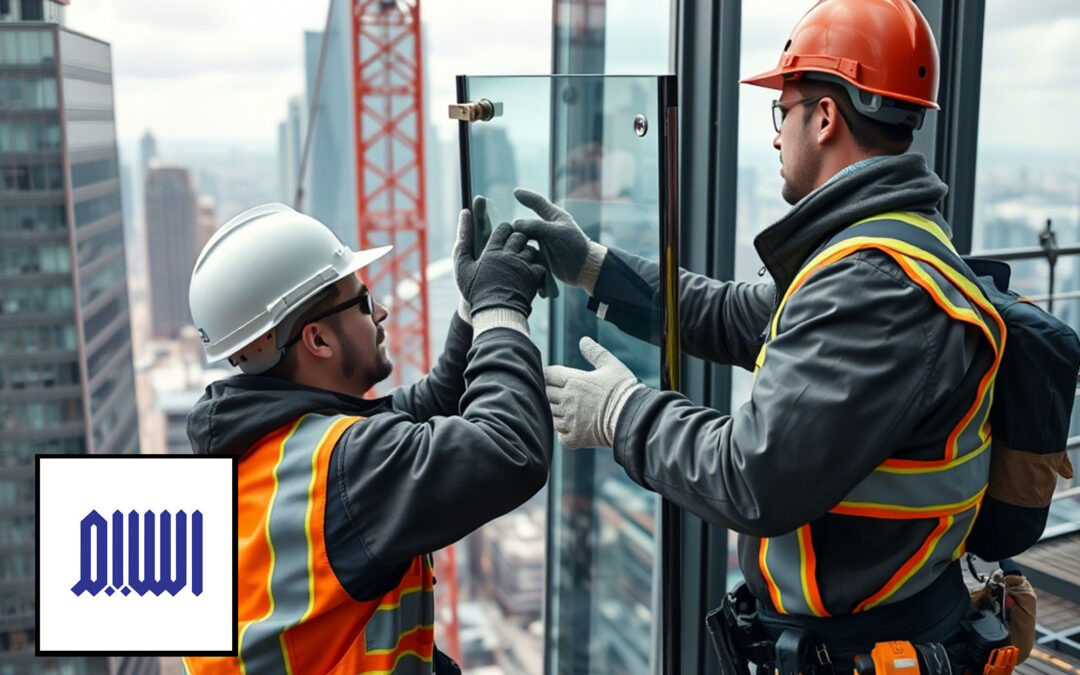Concrete pouring is a fundamental process in construction, requiring precision, expertise, and adherence to best practices to ensure the durability and quality of structures. Proper execution of concrete pouring is essential for achieving structural integrity, aesthetic appeal, and long-term performance. Below is a comprehensive overview of the principles, methods, and considerations involved in concrete pouring:
What Is Concrete Pouring?
Concrete pouring refers to the process of placing and compacting fresh concrete into formwork or molds to create structural elements such as slabs, beams, columns, and foundations. This process must be carefully planned and executed to avoid defects like cracks, air pockets, or uneven surfaces.
Principles of Concrete Pouring
- Material Quality
High-quality materials, including cement, aggregates, water, and admixtures, are critical for producing durable and strong concrete. The mix design should be tailored to the specific requirements of the project. - Proper Mixing
Concrete must be mixed thoroughly to ensure uniformity. This can be achieved using batch plants or on-site mixing equipment, depending on the scale of the project. - Timing and Scheduling
Concrete pouring should be done within the specified time frame to prevent premature setting. Coordination between batching, transportation, and placement is crucial. - Compaction
Proper compaction eliminates air voids and ensures the concrete is dense and strong. Vibrators or other compaction tools are typically used for this purpose. - Curing
Curing is the process of maintaining adequate moisture and temperature conditions to allow concrete to gain strength over time. Proper curing is essential for achieving the desired durability and performance. - Safety and Environmental Considerations
Safety protocols must be followed during concrete pouring to protect workers and the environment. This includes managing waste materials and ensuring proper handling of equipment.
Methods of Concrete Pouring
- Ready-Mixed Concrete
Ready-mixed concrete is produced in batching plants and transported to the site using mixer trucks. This method ensures consistency and quality, making it ideal for large-scale projects. - On-Site Mixing
For smaller projects, concrete can be mixed on-site using portable mixers. This method provides flexibility but requires careful monitoring to maintain quality. - Pumping
Concrete pumps are used to transport and place concrete in hard-to-reach areas, such as high-rise buildings or complex structures. This method improves efficiency and reduces labor costs. - Slipform Technique
Slipform construction involves continuous pouring of concrete into moving formwork. This method is commonly used for vertical structures like silos, towers, and bridge piers. - Shotcreting
Shotcreting involves spraying concrete onto surfaces using compressed air. It is often used for slope stabilization, tunnel linings, and repair work. - Underwater Pouring
Special techniques, such as tremie pipes, are used for pouring concrete underwater. This method is essential for constructing foundations in marine environments.
Key Considerations for Concrete Pouring
- Weather Conditions
Extreme temperatures, rain, or wind can affect the quality of concrete. Measures such as using retarders in hot weather or heaters in cold weather may be necessary. - Formwork Design
Formwork must be sturdy, leak-proof, and properly aligned to ensure the concrete takes the desired shape and dimensions. - Joint Placement
Construction joints should be strategically placed to minimize weak points in the structure. - Reinforcement Placement
Steel reinforcement bars (rebar) must be accurately positioned and secured before pouring to ensure structural strength. - Quality Control
Regular testing of concrete samples for strength, slump, and consistency is essential to verify compliance with project specifications.
Applications of Concrete Pouring
- Foundations
Concrete pouring is critical for creating strong and stable foundations, which support the entire structure. - Slabs and Floors
Large flat surfaces, such as floors and pavements, require precise pouring techniques to ensure evenness and durability. - Beams and Columns
Structural elements like beams and columns rely on high-quality concrete pouring to bear loads effectively. - Walls and Facades
Concrete walls provide both structural support and aesthetic appeal, especially when combined with architectural finishes. - Infrastructure Projects
Bridges, dams, tunnels, and roads depend on robust concrete pouring methods to withstand heavy loads and environmental stresses.
Challenges in Concrete Pouring
- Segregation
Improper handling or pouring can cause segregation, where coarse aggregates separate from the mix, leading to weak spots. - Cracking
Shrinkage, thermal expansion, or improper curing can result in cracks, compromising the structure’s integrity. - Air Voids
Inadequate compaction can leave air pockets, reducing the concrete’s strength and durability. - Logistical Issues
Delays in transportation or poor coordination can lead to premature setting or inconsistent quality.
Best Practices for Successful Concrete Pouring
- Pre-Pour Planning
Conduct thorough planning, including site inspections, material testing, and scheduling. - Use of Advanced Equipment
Employ modern tools like laser levels, vibrators, and pumps to enhance precision and efficiency. - Skilled Workforce
Ensure that workers are trained and experienced in concrete pouring techniques. - Continuous Monitoring
Supervise the process closely to address any issues promptly and ensure compliance with standards. - Post-Pour Maintenance
Implement proper curing and protection measures to achieve optimal results.
Why Choose Professional Concrete Pouring Services?
Professional concrete pouring services, such as those offered by Tarh-e Eslim Gostar , ensure that every step of the process is executed with precision and expertise. By leveraging advanced technologies, high-quality materials, and experienced teams, these services deliver durable, safe, and aesthetically pleasing structures.







0 Comments